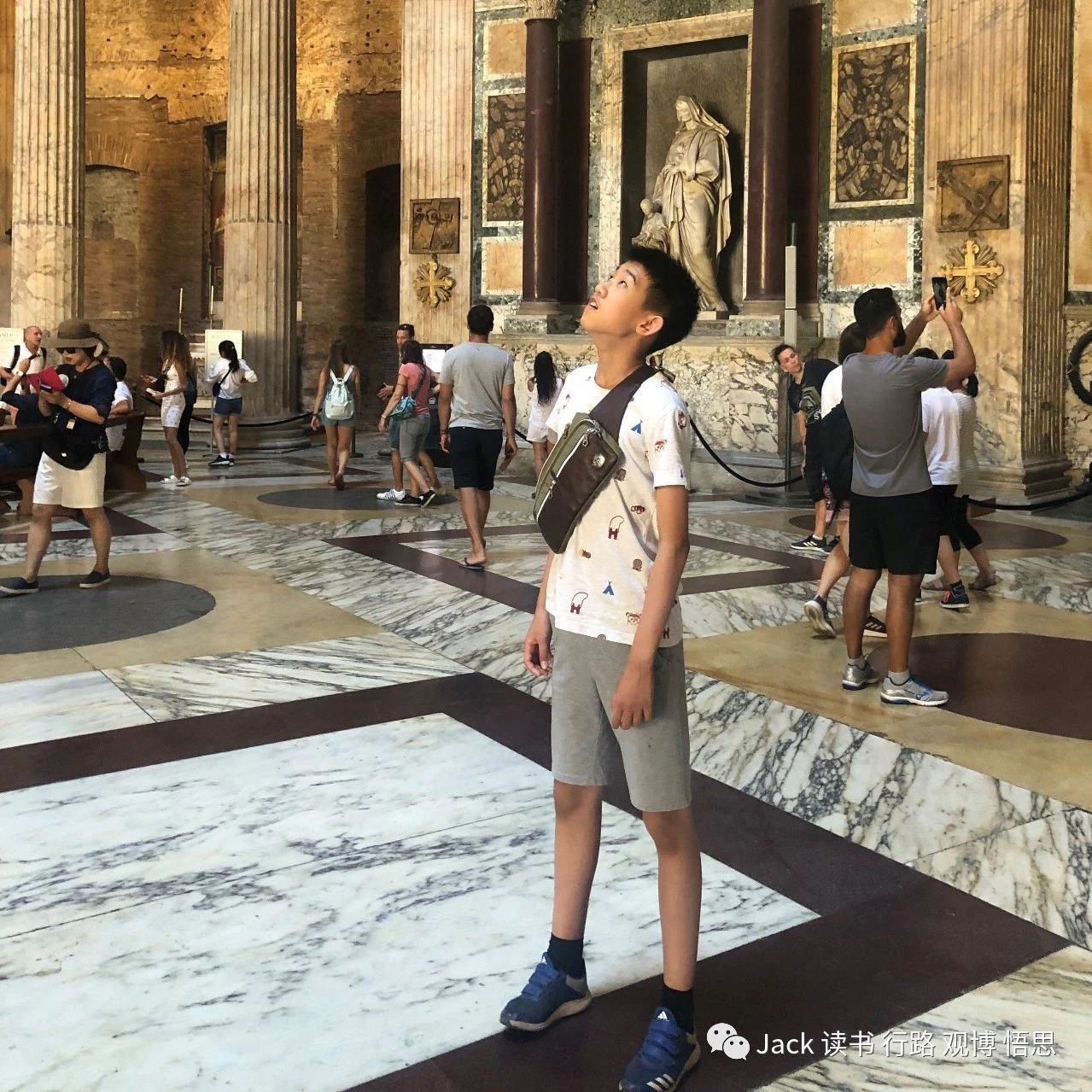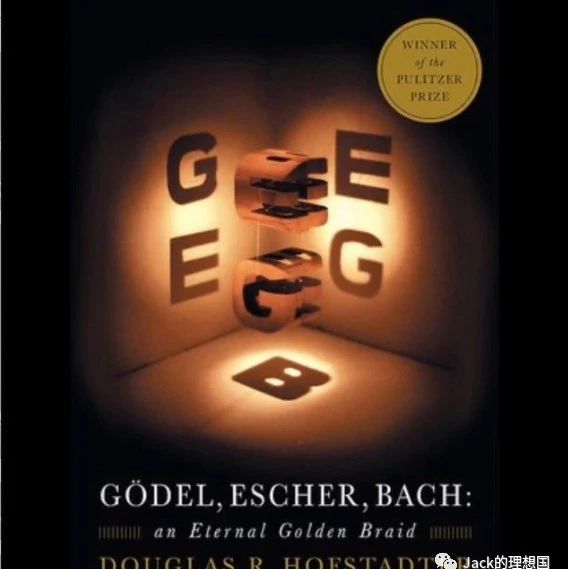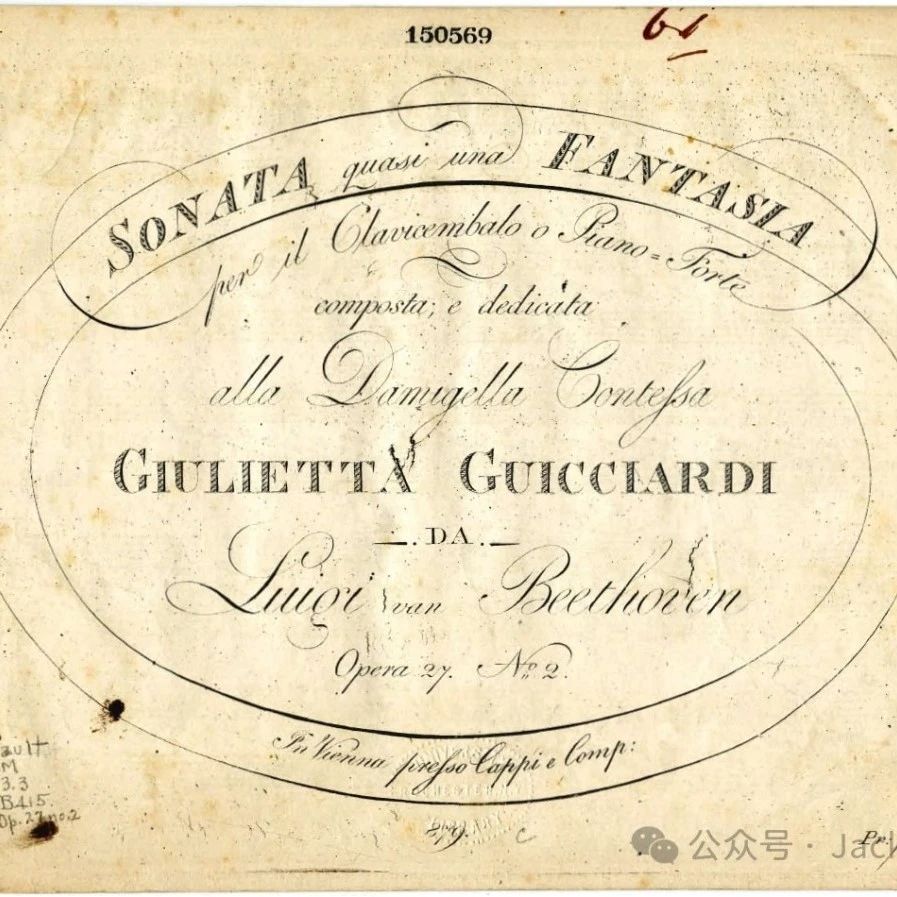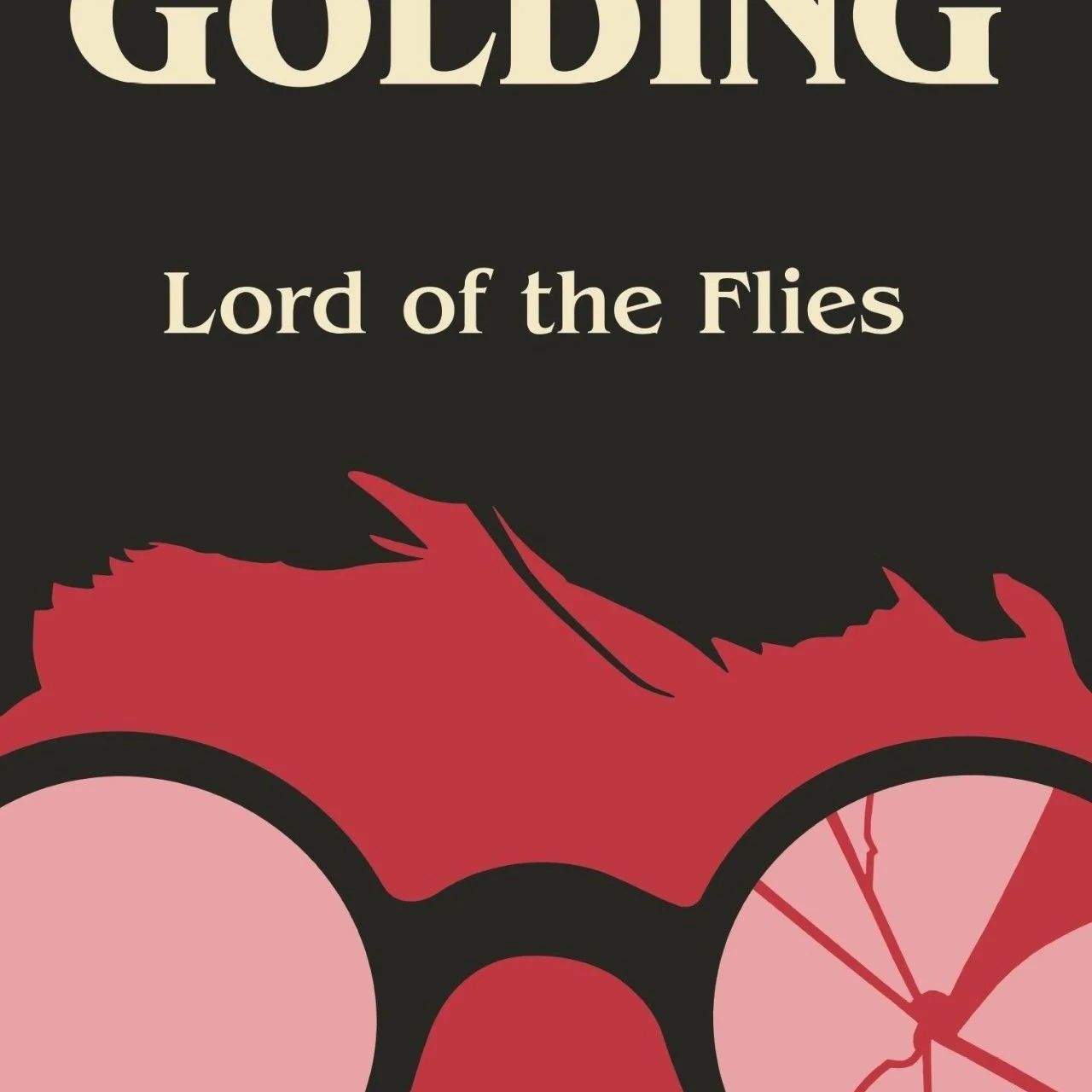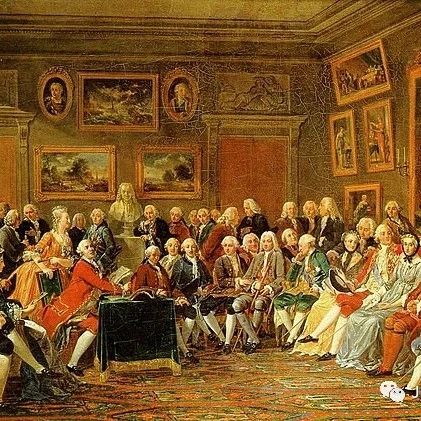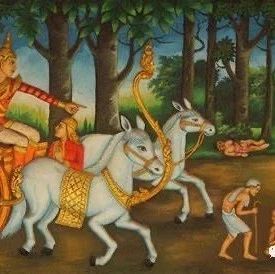Read History with Jack 27 - Renaissance
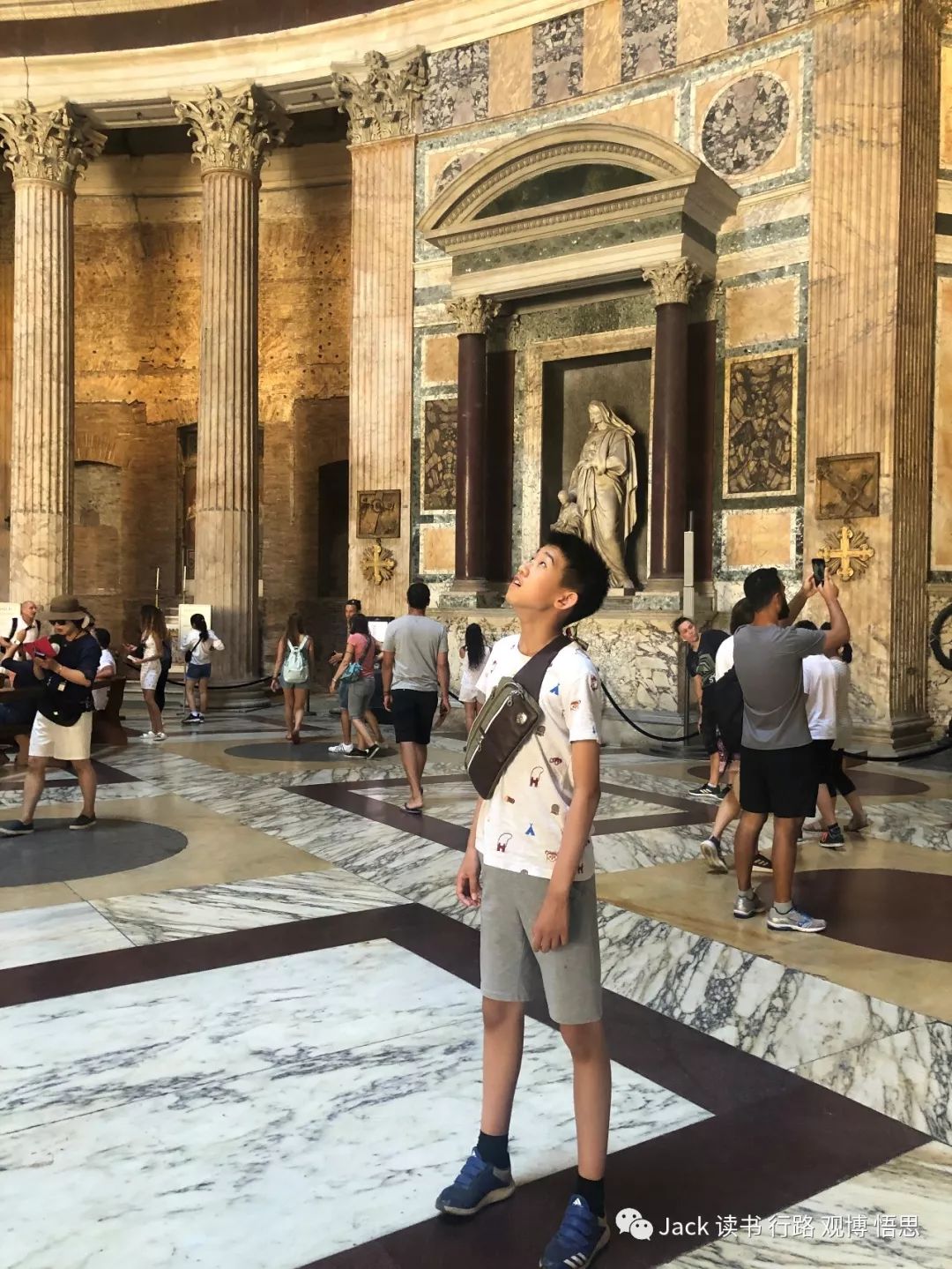
The word “Renaissance” means rebirth. Indeed, it was a rebirth of knowledge, interest in classics, and new mindset.
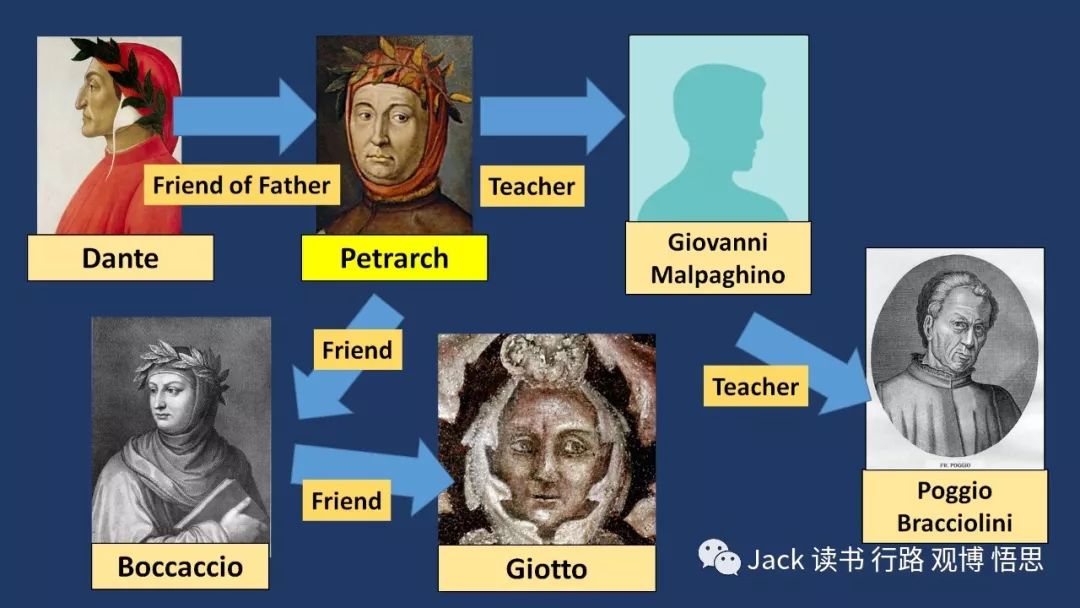
Firstly, some extraordinary people living in the Renaissance began to have a scientific and logical mind to find out the truth. Francesco Petrarch, the father of Renaissance Humanism, thought that we should admire and be fascinated by the ancient Greek and Romans. He himself went out searching for old Roman books or writings. At the city of Verona, Petrarch was fortunate. He found some letters written by the Roman politician Cicero, and he made some copies. Because of doing this, we still can read the letters today.
Another important figure at the early phase of the Renaissance was a scholar called Poggio Bracciolini. He was the secretary of many popes and also influenced by Petrarch a lot. Like him, he travelled around Italy and many other countries finding old Roman works. Luckily, he also found some books which he later copied. It would be thrilling to spot a Roman book 1000 or more years old! It must have been like searching for an ancient city. When I learned about this, I suddenly had a strong urge to go around the world like them and to search for really old stuff, it should be exciting.
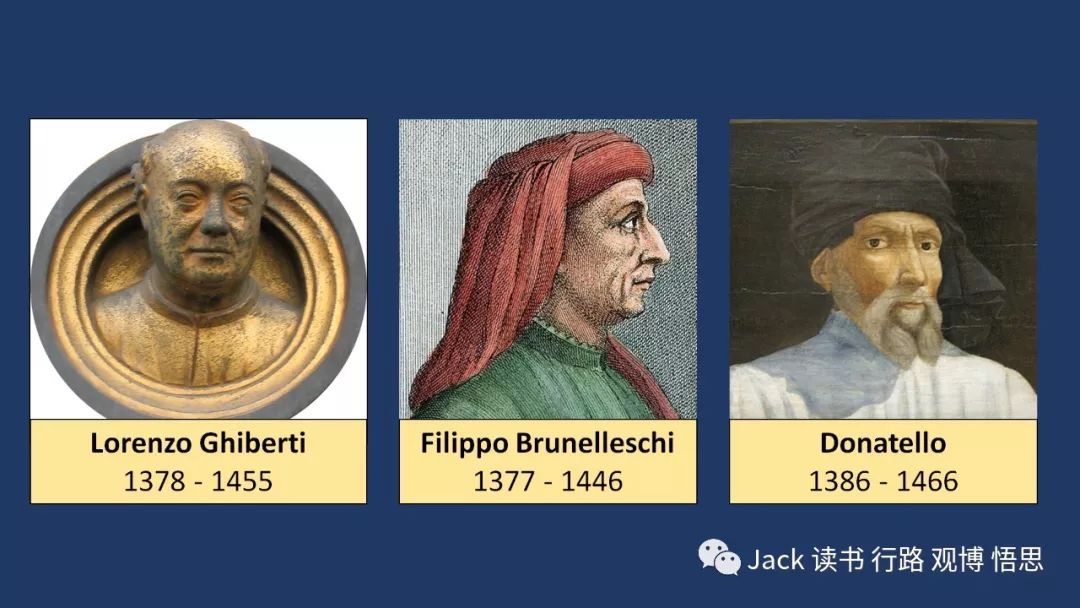
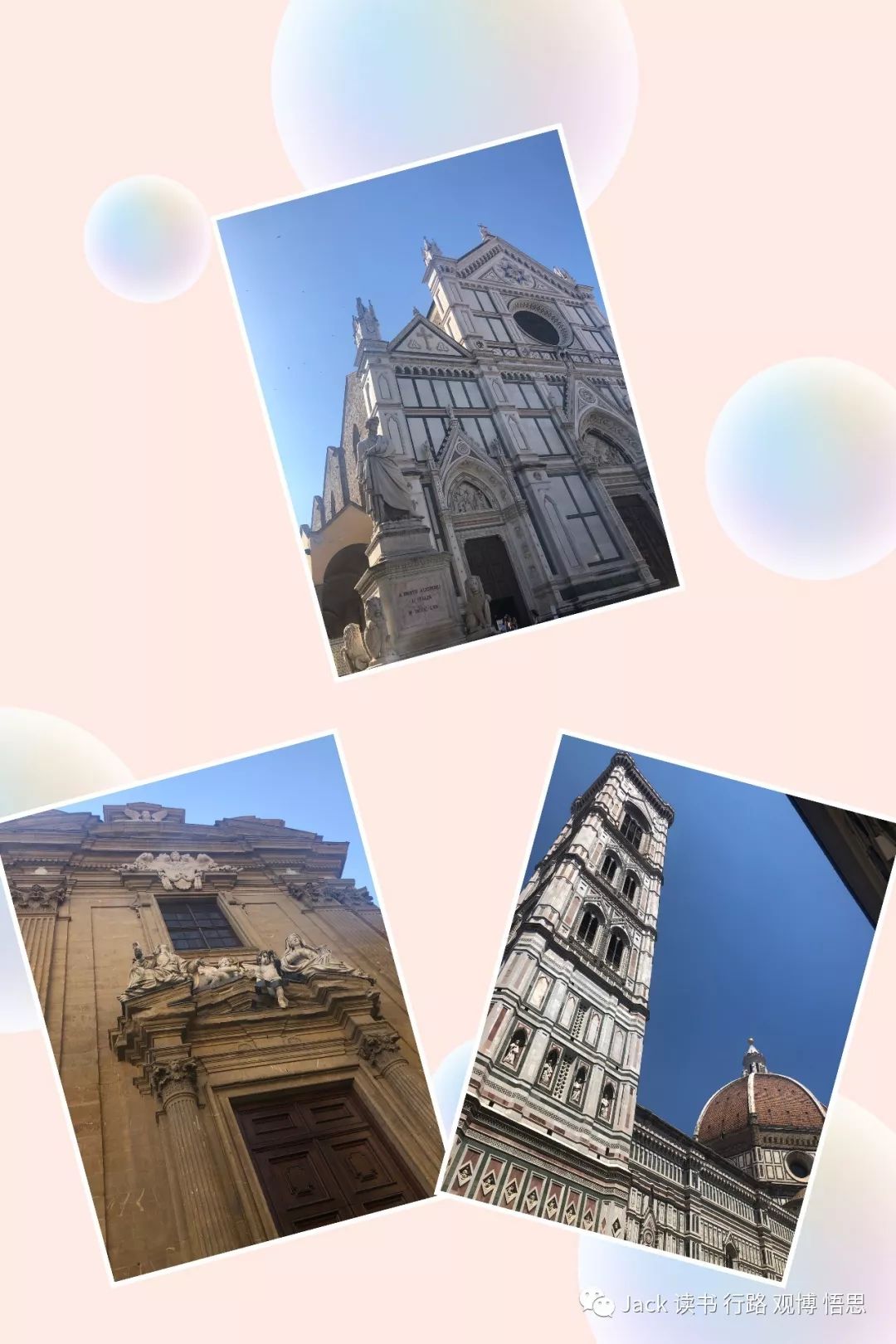
Moreover, Filippo Brunelleschi and Donatello were two great artists that tried to imitate or even surpass the Romans and Greeks. Brunelleschi once traveled to Rome and was deeply inspired when he visited the Pantheon. He really was shocked by the dome, which has a hole at its top. In addition, the diameter of this dome is 43.3 meters, a record that had never been passed since it was finished. When I went into the Pantheon, I was amazed by this fact too. The dome is so big that I couldn't put the entire of it in my camera! The Romans were so ingenious to design such architectural miracles! However, Brunelleschi, who was inspired, thought that he could make something just as great and even better back home in Florence. At that time, the main cathedral at Florence was unable to finish because there were no architects who could come up with a method to construct the dome. But Brunelleschi volunteered and, he designed one that broke the record in diameter only by afew meters! Furthermore, he discovered the vanishing point, which is the point when two parallel lines converge together.
Donatello was a famous sculptor who was influenced by Greek and Roman statues. He adopted the realistic style and the contrapposto pose, which was a relaxed pose of statues. He created a bronze-made “David”, which is the first nude statue in the Renaissance. The Greeks especially celebrated the human body so you can see that here Donatello also incorporated Greek cultural elements.
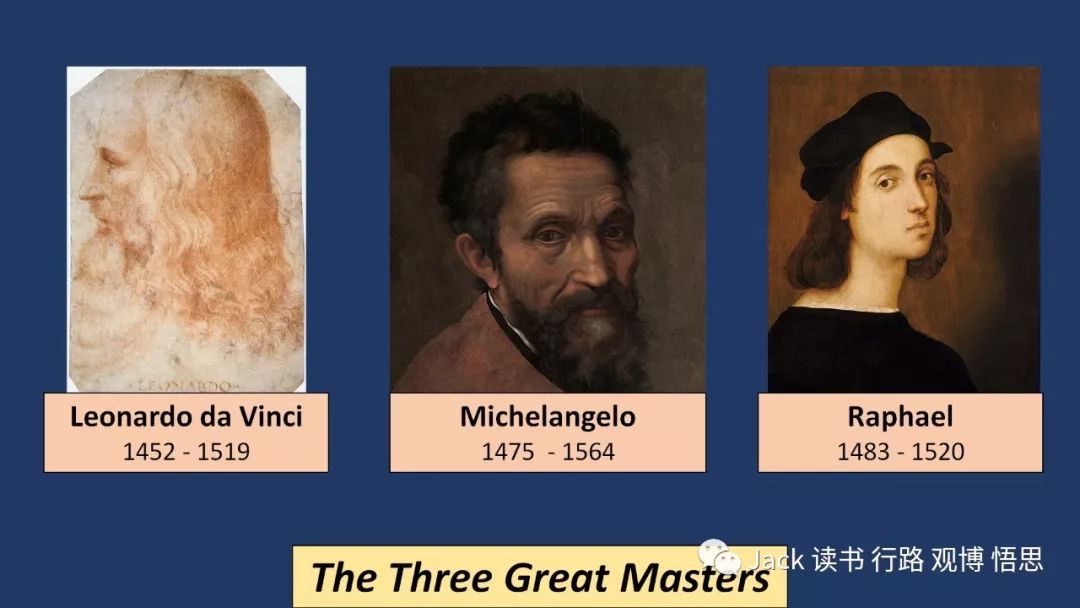
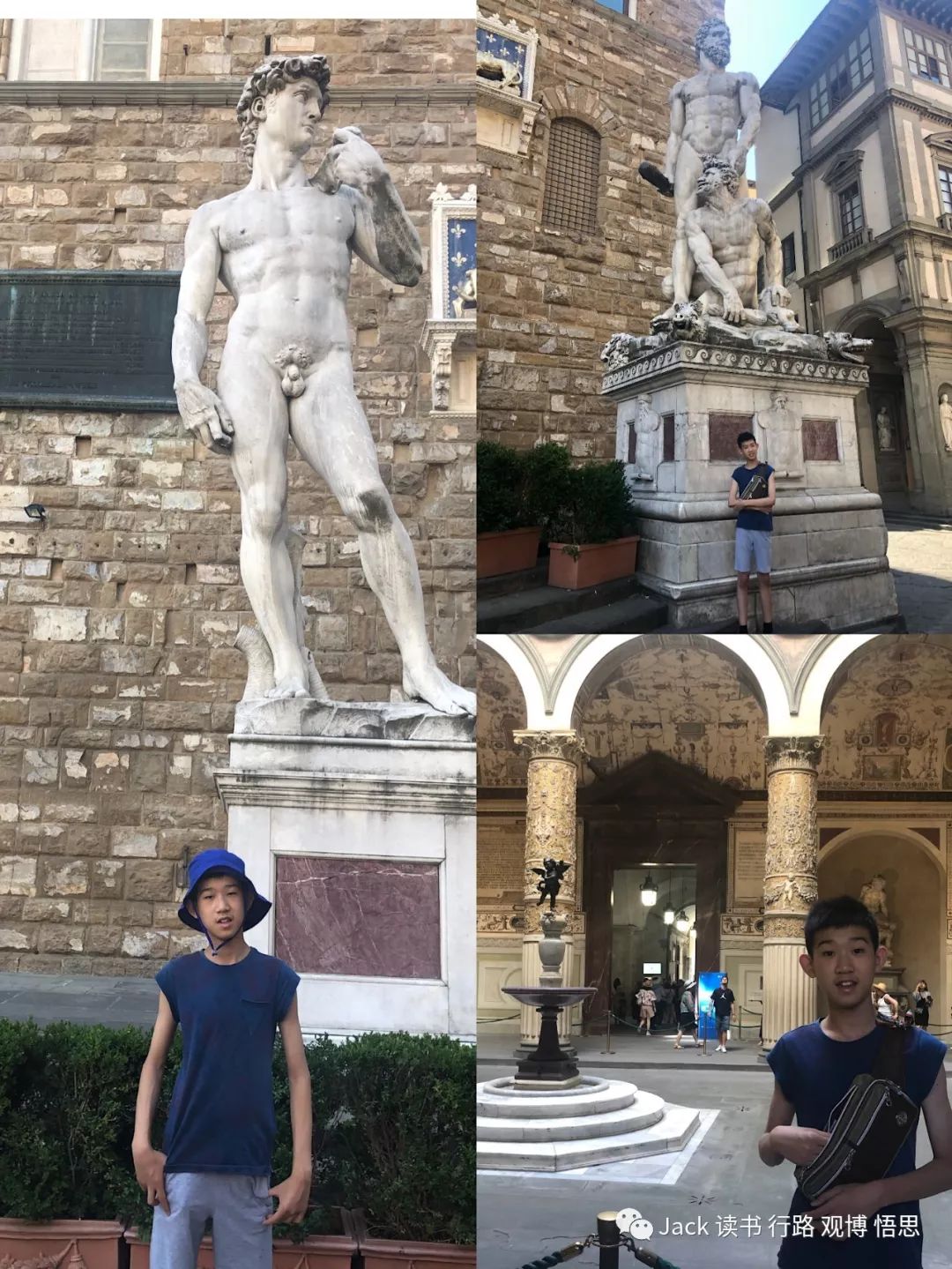
Secondly, during the Renaissance, humans were depicted in various places and situations more than God. Another opinion of Renaissance humanism said that we should embrace life. There are many paintings that showed this. For example, Raphael’s “Madonna of the Meadows” was very realistically painted and it focuses on the beauty of the human body. For another instance, Leonardo Da Vinci’s “Mona Lisa” and “The Last Supper” have many details and the expressions on the characters’ faces are all so different in the latter. There are many sculptures too that clearly demonstrate the beauty of the human body. For example, in Michelangelo’s The Pieta, I am amazed that the sculpture possesses so many details. The emotion on the Virgin Mary’s face makes me unspeakable, and even though I know that this sculpture does not move, I can actually feel that emotion flows between the two characters. It is fascinating. In addition, in Michelangelo’s “David”, the details and the outline are so clearly carved. It is marvelous.
The mindset to pursue the truth and to embrace life is like small sparks of fire. Together with many other factors, they created a roaring flame that eventually lighted up the world.
- 本文标签: 原创
- 本文链接: http://www.jack-utopia.cn//article/507
- 版权声明: 本文由Jack原创发布,转载请遵循《署名-非商业性使用-相同方式共享 4.0 国际 (CC BY-NC-SA 4.0)》许可协议授权
